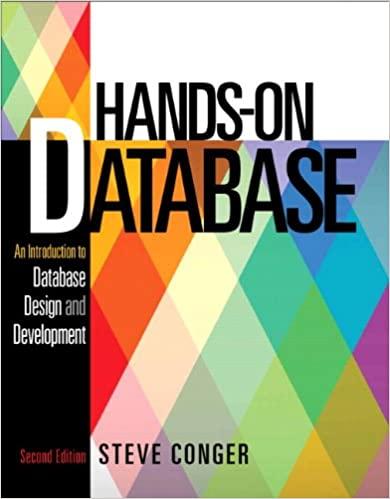Answered step by step
Verified Expert Solution
Question
1 Approved Answer
AT28C64B datasheet: http://ww1.microchip.com/downloads/en/DeviceDoc/doc0270.pdf A ROM like the AT28C64B could be used to create a binary or decimal adder or multiplier. Given the 13 address input
AT28C64B datasheet: http://ww1.microchip.com/downloads/en/DeviceDoc/doc0270.pdf
Step by Step Solution
There are 3 Steps involved in it
Step: 1

Get Instant Access to Expert-Tailored Solutions
See step-by-step solutions with expert insights and AI powered tools for academic success
Step: 2

Step: 3

Ace Your Homework with AI
Get the answers you need in no time with our AI-driven, step-by-step assistance
Get Started


